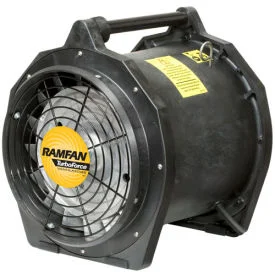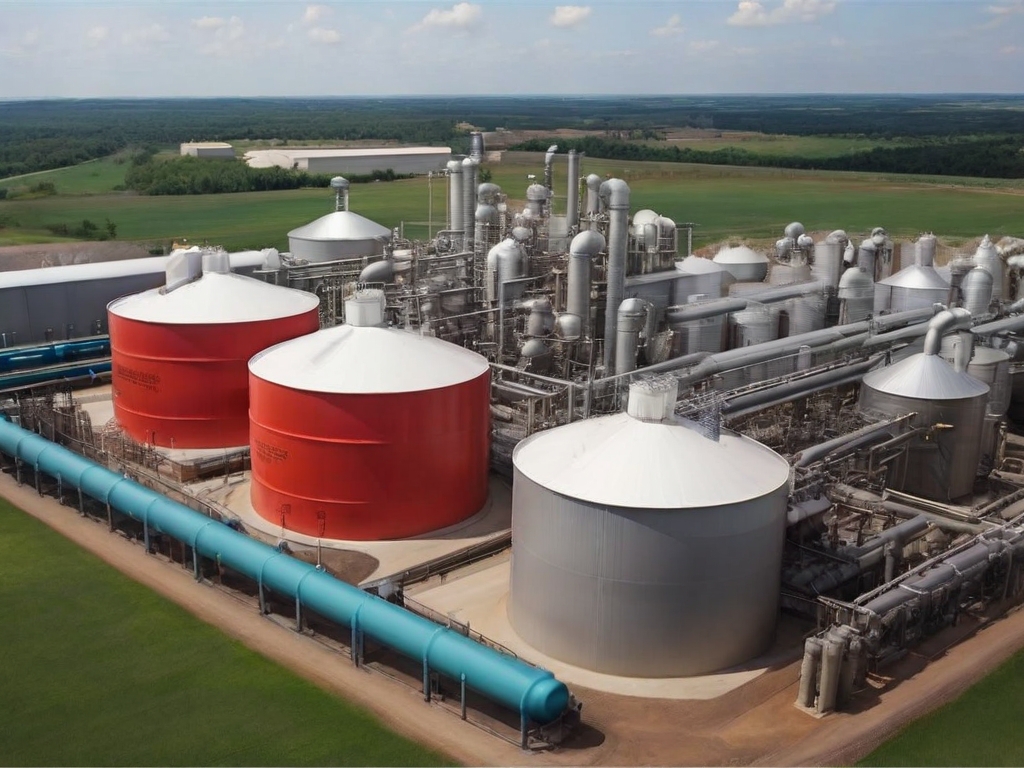When it comes to electrical safety in hazardous environments, understanding the differences between Class 1 Division 1 and Division 2 electrical standards is crucial. These standards, set by the National Electrical Code (NEC), dictate the design and installation of electrical equipment in areas where flammable gases or vapors may be present. In this article, we will delve into the key differences between these two standards. This knowledge is essential for businesses like the Intrinsically Safe Store, which specializes in providing intrinsically safe and explosion-proof devices. We invite you to visit our website to learn more about our offerings.
Class 1 Division 1 Electrical Standards
Class 1 Division 1 (C1D1) standards apply to areas where flammable gases or vapors are continuously present under normal operating conditions, or where such conditions may exist frequently due to repair or maintenance operations.
- Design: Equipment designed for C1D1 areas must be able to contain any explosion within the device itself without igniting the surrounding atmosphere.
- Installation: The installation of electrical equipment in C1D1 areas must follow strict guidelines to prevent the ignition of flammable substances.
Class 1 Division 2 Electrical Standards
Class 1 Division 2 (C1D2) standards, on the other hand, apply to areas where flammable gases or vapors are not normally present in concentrations sufficient to be explosive or ignitable, but may become so in the event of a malfunction or unusual operating condition.
- Design: Equipment designed for C1D2 areas does not need to contain an internal explosion, but it must not ignite the surrounding atmosphere under normal operating conditions.
- Installation: The installation of electrical equipment in C1D2 areas also follows specific guidelines, but these are less stringent than those for C1D1 areas.

Key Differences Between C1D1 and C1D2 Standards
While both standards aim to prevent the ignition of flammable substances, there are key differences in their application and requirements.
- Presence of Hazardous Materials: C1D1 standards apply to areas where hazardous materials are continuously or frequently present, while C1D2 standards apply to areas where such materials are only occasionally present.
- Equipment Design: C1D1 equipment must be able to contain an internal explosion, while C1D2 equipment does not have this requirement.
- Installation Guidelines: The installation guidelines for C1D1 areas are more stringent than those for C1D2 areas.
Importance of Understanding These Differences
Understanding the differences between C1D1 and C1D2 standards is crucial for ensuring electrical safety in hazardous environments. It helps businesses select the right equipment for their needs and comply with safety regulations, thereby preventing accidents and protecting their employees.
Differentiating Class 1 Division 1 and Division 2 Electrical Standards
In conclusion, while both Class 1 Division 1 and Division 2 electrical standards aim to ensure safety in hazardous environments, they differ in their application and requirements. Understanding these differences is crucial for businesses operating in such environments, like the Intrinsically Safe Store. We invite you to contact us for more information on how we can help you navigate these standards and provide you with the right intrinsically safe and explosion-proof devices for your needs.


























